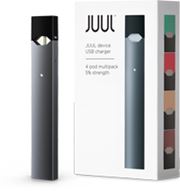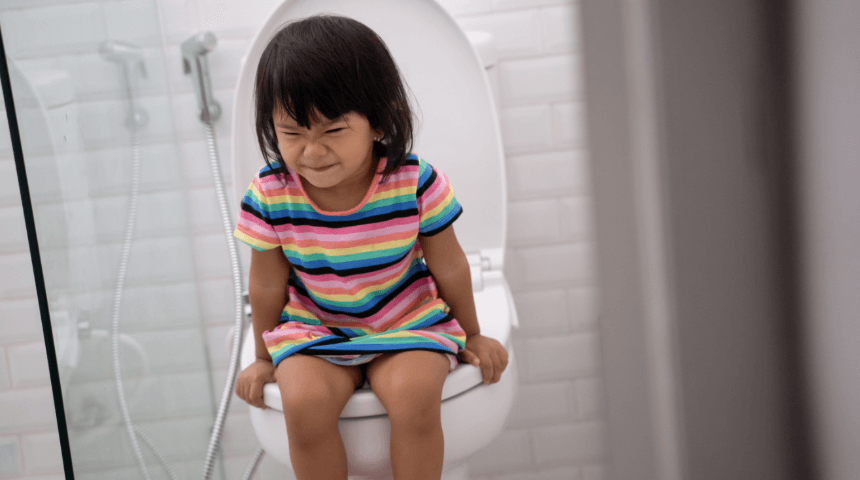Teens are juuling at school and parents are clueless about it
Have you heard your teen mention “juuling” or something called a “Juul”? Perhaps you thought it was some new slang term your teen was tossing around with his friends. Turns out, it’s much more worrisome than that.
 The Juul is an e-cigarette that looks nothing like a cigarette. Instead, it more closely resembles a flash drive that you’d plug into your computer’s USB port. If you saw it in your kid’s backpack you likely wouldn’t give it a second glance. The Juul produces very little airborne byproduct when vaped and is available in flavors such as mango, cool mint, crème brulee and fruit medley, so when someone uses the device it may smell like perfume or a breath mint instead of the traditional tobacco smell. For those reasons, it’s easy for teenagers to conceal their usage of this e-cigarette from parents and teachers.
The Juul is an e-cigarette that looks nothing like a cigarette. Instead, it more closely resembles a flash drive that you’d plug into your computer’s USB port. If you saw it in your kid’s backpack you likely wouldn’t give it a second glance. The Juul produces very little airborne byproduct when vaped and is available in flavors such as mango, cool mint, crème brulee and fruit medley, so when someone uses the device it may smell like perfume or a breath mint instead of the traditional tobacco smell. For those reasons, it’s easy for teenagers to conceal their usage of this e-cigarette from parents and teachers.
Juuling has become an overwhelmingly popular phenomenon that is taking high schools by storm. Parents and teachers are often unaware kids are juuling, even when the device is used right in front of them! If you need convincing that teenagers are smoking these e-cigarettes-in-disguise en masse, all it will take is a quick peek on social media to convince you. Check out #juul on Twitter or Instagram and see for yourself.
What parents need to know about e-cigarettes and juuling
- E-cigarettes are now the most common way for adolescents to use tobacco products, with many kids using e-cigarettes along with regular cigarettes.
- E-cigarettes are not a safe alternative to traditional cigarettes. They contain nicotine and other cancer-causing ingredients, making them dangerous to a person’s health and very addictive. This is especially true for teenagers, whose brains are still growing.
- The Juul delivers a particularly high dose of nicotine. One “pod” or flavored liquid-containing cartridge delivers the nicotine equivalent of 200 puffs of a cigarette. The Juul starter kit comes with four pods, the equivalent of 4 packs of cigarettes.
- The Juul is an electronic device that can be recharged by plugging into a computer’s USB port, so even if you see the device attached to a computer this doesn’t mean it’s not an e-cigarette.
- Teens who use e-cigarettes are more likely to become cigarette smokers later on. They also tend to choose other risky behaviors as well, including alcohol and drug use.
What you can do to address juuling with your kids
Don’t wait until the problem comes to you. By the time you find out about your teen using e-cigarettes, they may already be addicted to them. Address the issue early on in adolescence before it becomes a problem.
Talk to your teen or pre-teen
Ask your child whether they’ve heard of vaping and whether they have seen friends or kids at school using e-cigarettes. Ask nonjudgmental, open-ended questions to find out what they know and how they feel about it.
Explain the true health effects of e-cigarettes
Tell them that there is a lot of misinformation out there about e-cigarettes. They aren’t safe; they cause cancer and are especially problematic for growing teenagers.
Dispel any misconceptions they may have about e-cigarettes
Kids may assume that because e-cigarettes come in fun flavors such as vanilla and bubblegum that it’s an okay thing to do. Tell your kids not to be fooled; even if it smells good and tastes good, it is still harmful to their body.
Set boundaries and expectations early on
Let your kids know that you do not want them to smoke regular cigarettes or e-cigarettes. Be clear about your desire to protect their health and well-being.
Often one of the driving forces behind a teen’s desire to experiment with risky behaviors is simply due to curiosity. By opening up the channels of communication, you are able to help satisfy their curiosity while dispelling those myths and rumors that make it desirable to try to risky behavior in the first place.
If you’d like to learn more about e-cigarettes, see the U.S. Surgeon General’s report on e-cigarettes or visit the Centers for Disease Control and Prevention.










